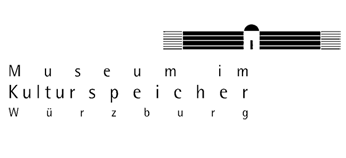Concrete Photography - Solution from External Reality and its Representation
Instead, she concentrates on the specific possibilities of the medium of photography. She designs and paints pictures with light and shadow, the industrially standardized colors of color photography (= photograms, luminograms) or she uses the chemical processes of film development (= chemigrams) to create forms.
Starting in the 1950s and through to the present day, various photographic procedures and concepts have been introduced. In its total abandonment of representational modes, this kind of photography is close to the concept and principles of Concrete Art.
The term Generative Photography, which was developed through the Bielefeld school by Gottfried Jäger and others, can be attributed to some of the photographic works in the collection. Represented are artists from several European countries; among them Kilian Breier, Pierre Cordier, Inge Dick, Adam Fuss, Franco Grignani, Heinrich Heidersberger, Gottfried Jäger, Peter Keetman, René Mächler, Otto Steinert, Wolfgang Tillmans and Luigi Veronesi. The fact that a whole section in the Ruppert Collection is devoted to Concrete Photography speaks for the collection’s uniqueness.
The publication "Konkrete Fotografie" by Gottfried Jäger/Rolf H. Kraus/Beate Reese is regarded as the standard work, including a contribution by Beate Reese on "Konkrete Fotografie in der Sammlung Ruppert" (see Publications, 2005). For an update on this topic, please refer to the catalogue "Lichtbild und Datenbild - Spuren Konkreter Fotografie" by Henrike Holsing and Gottfried Jäger (see Publications, 2015).
>>> back
